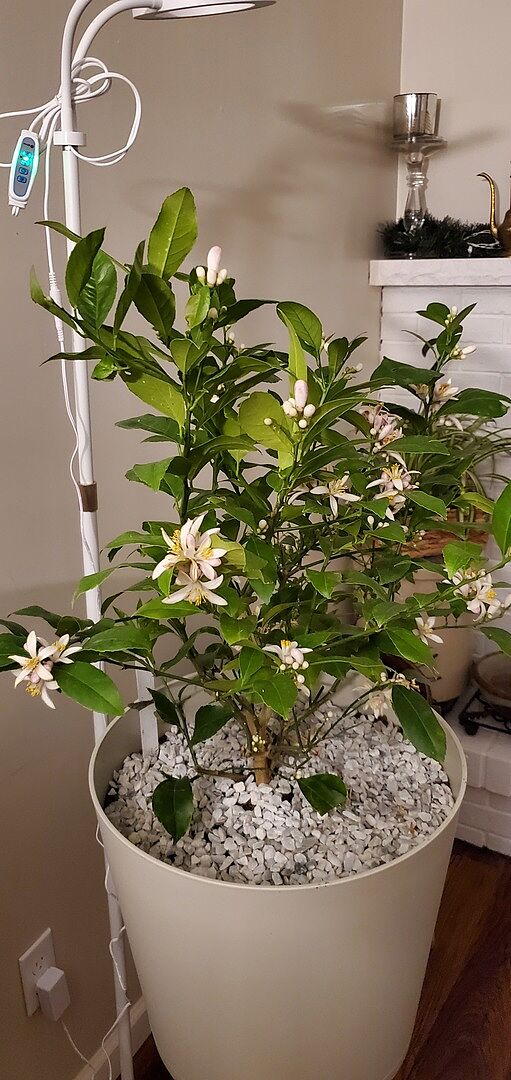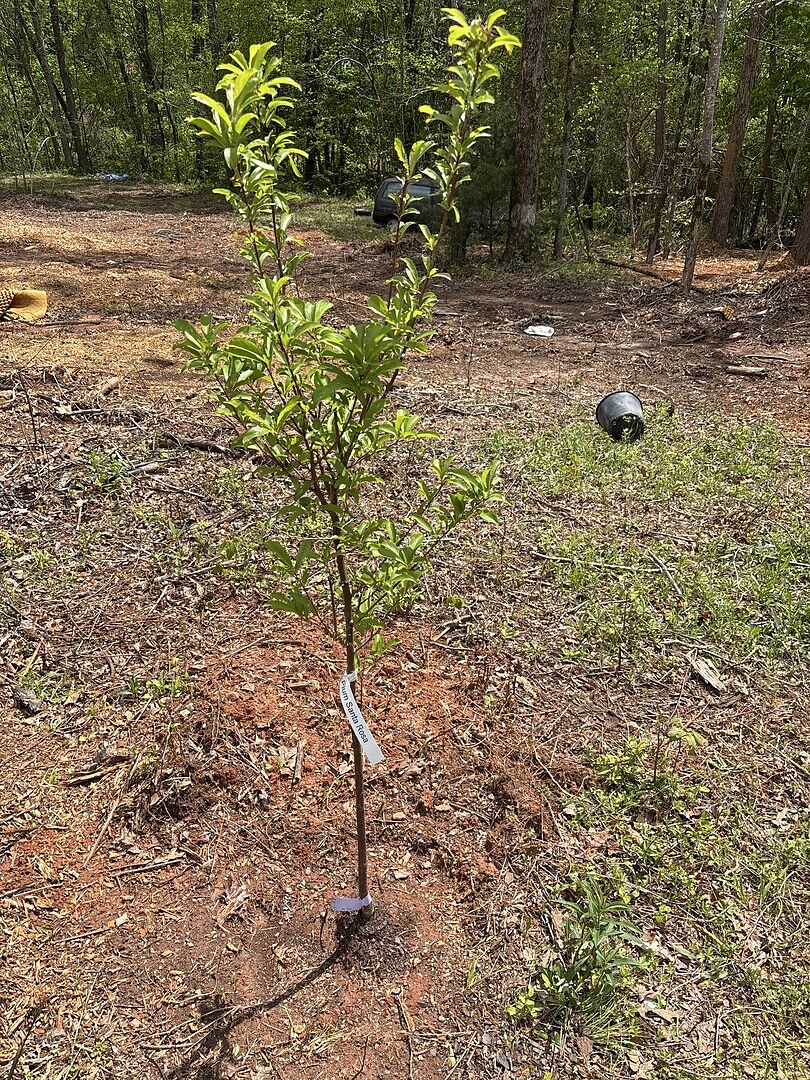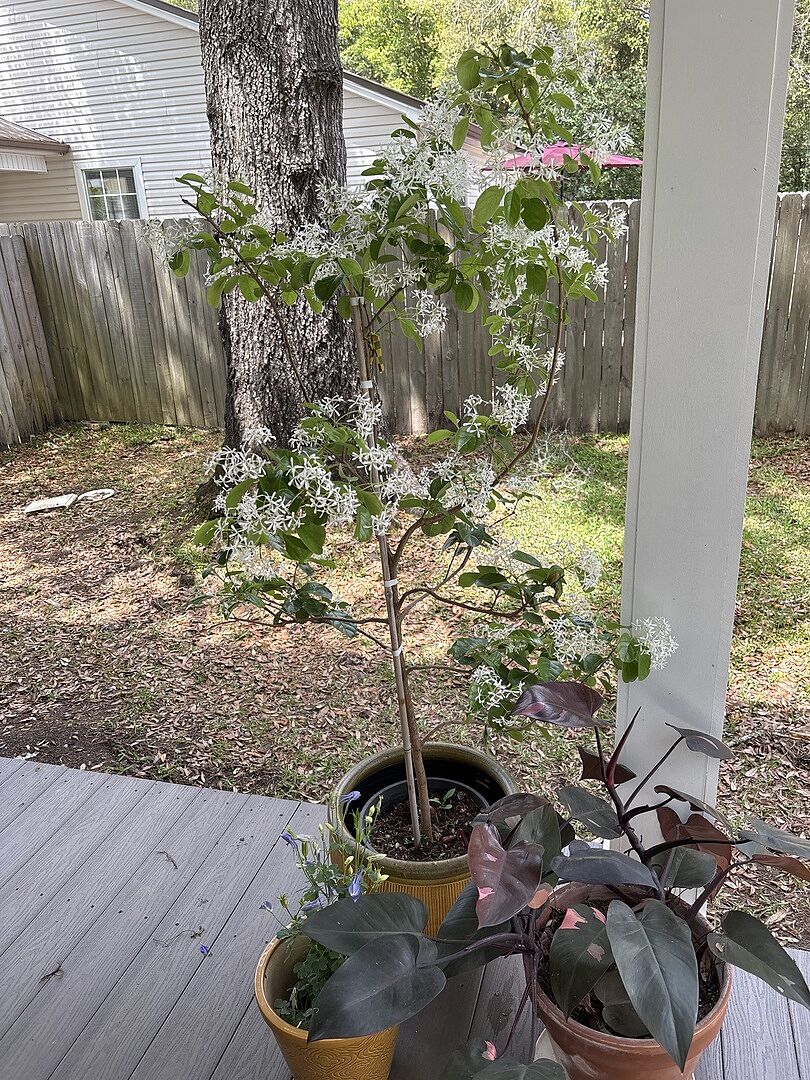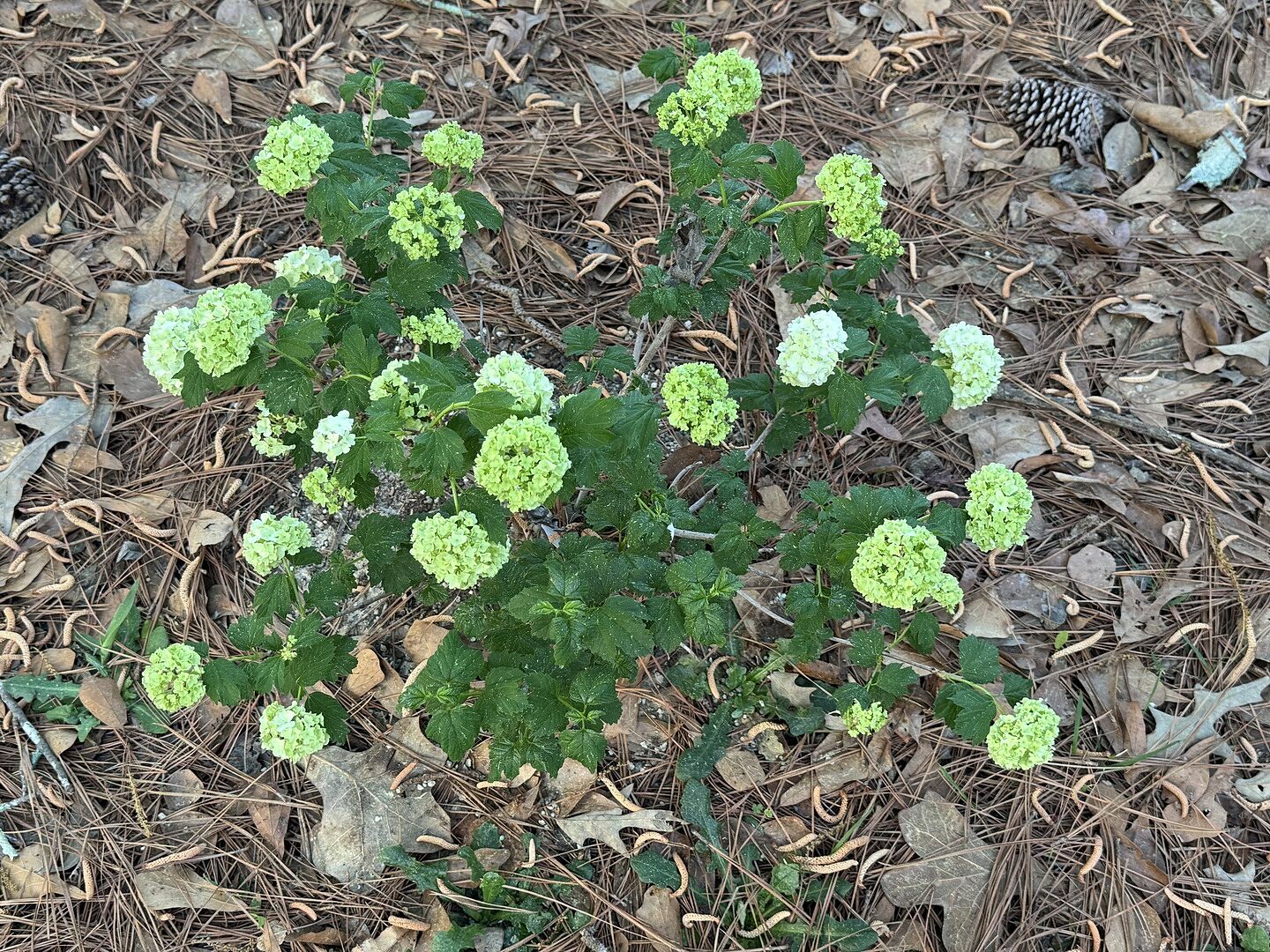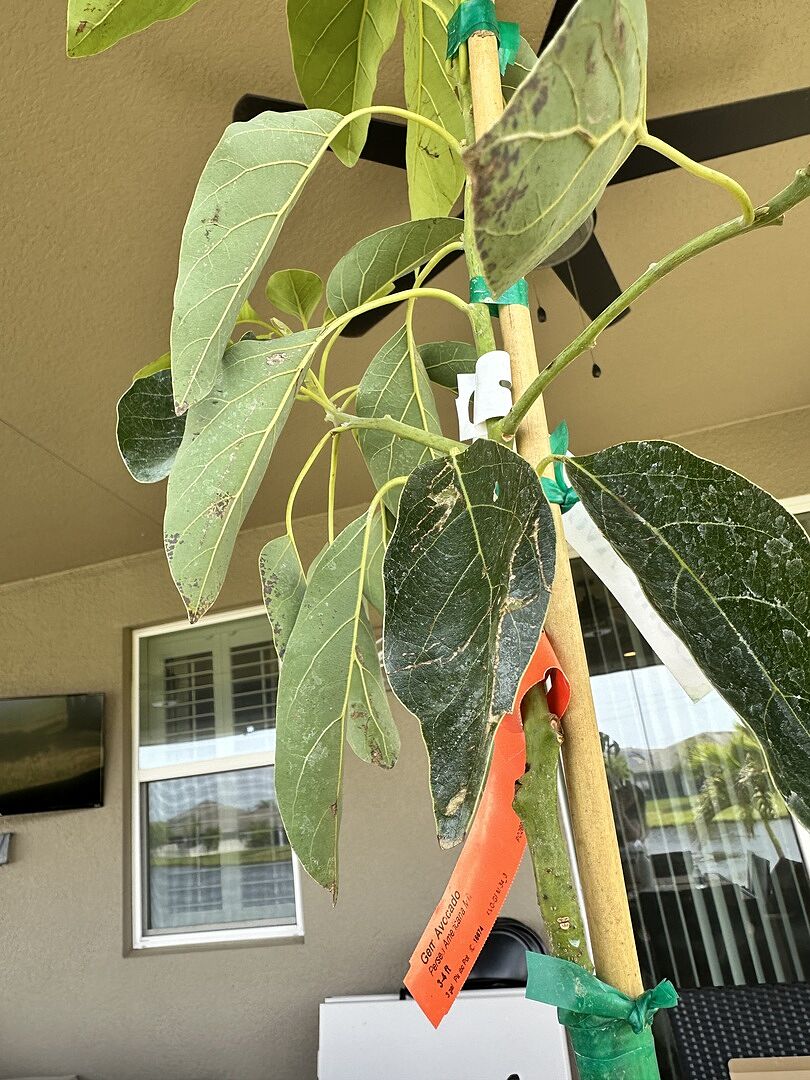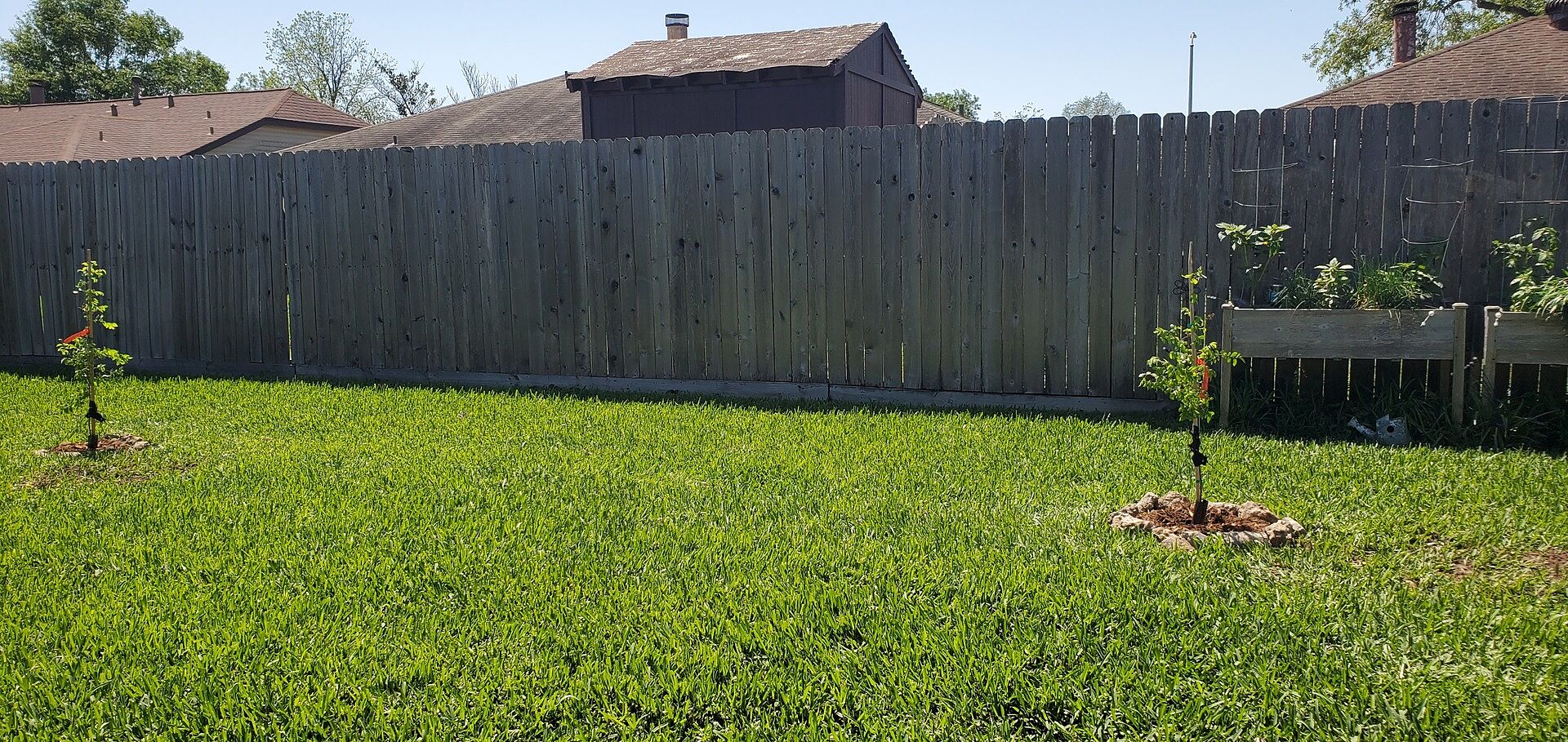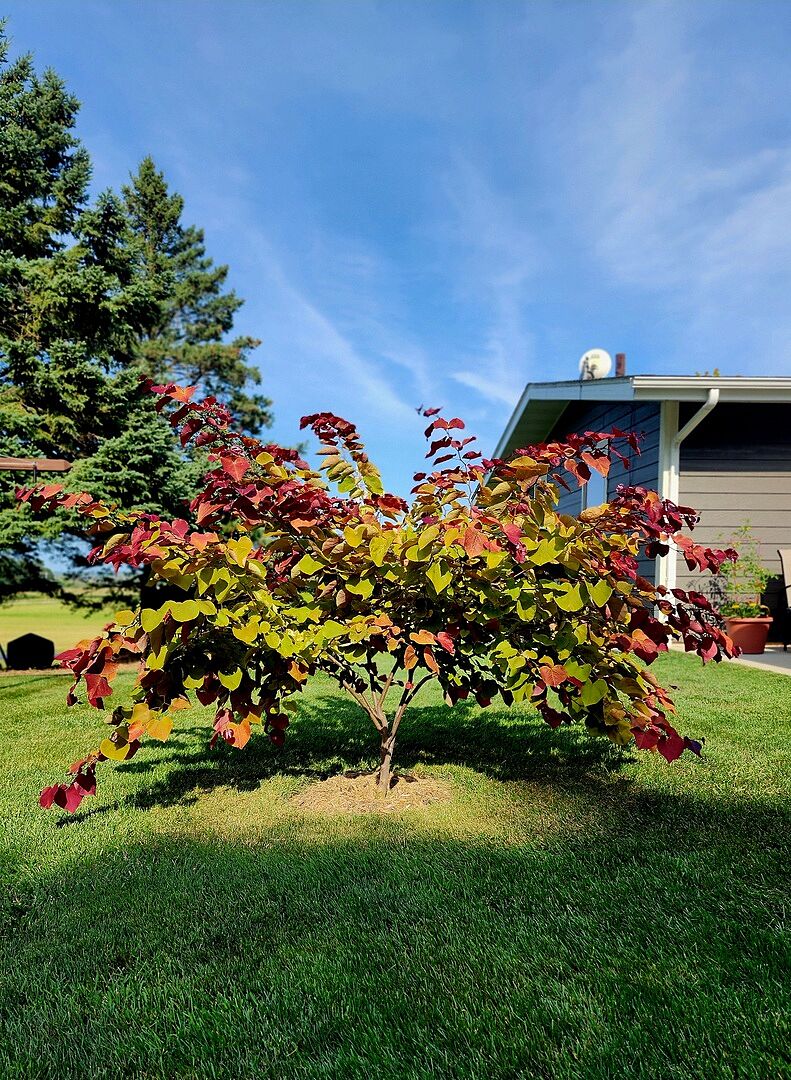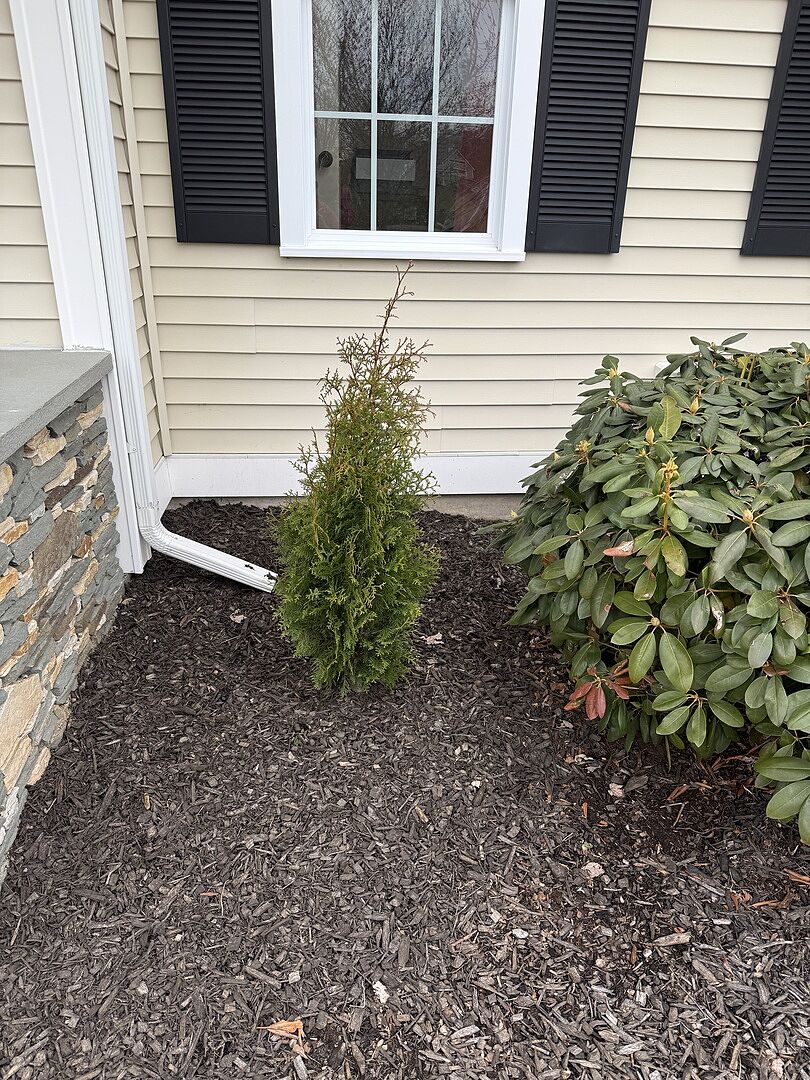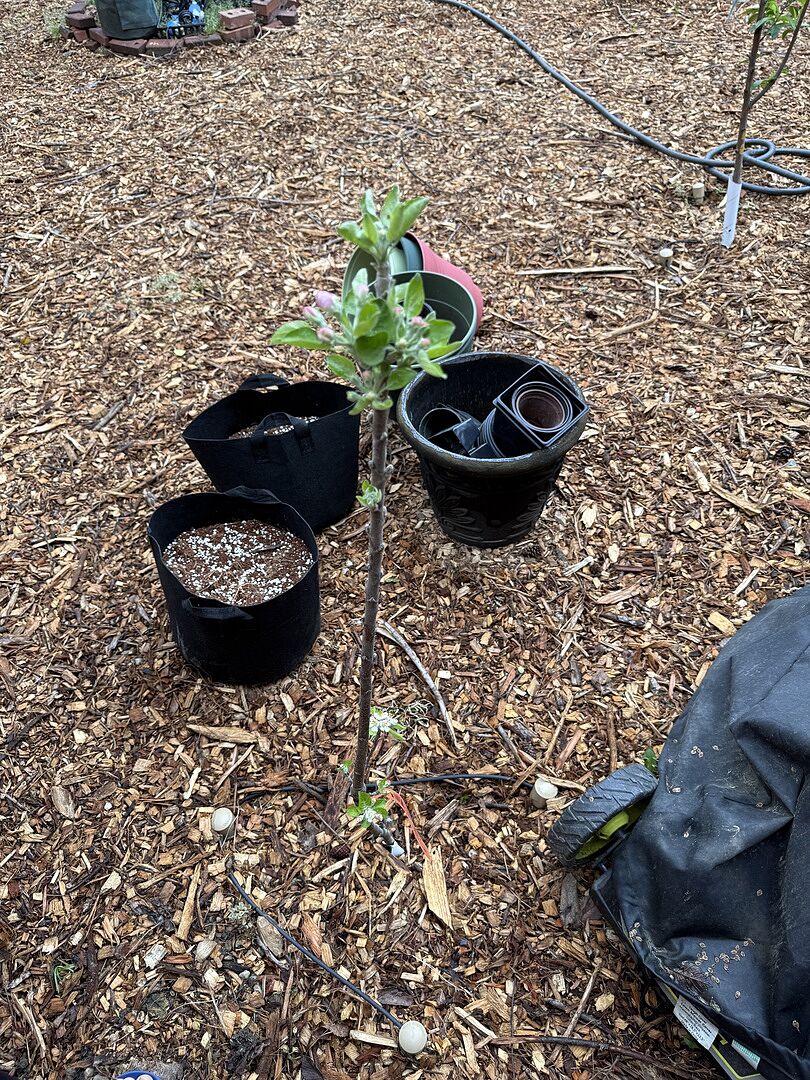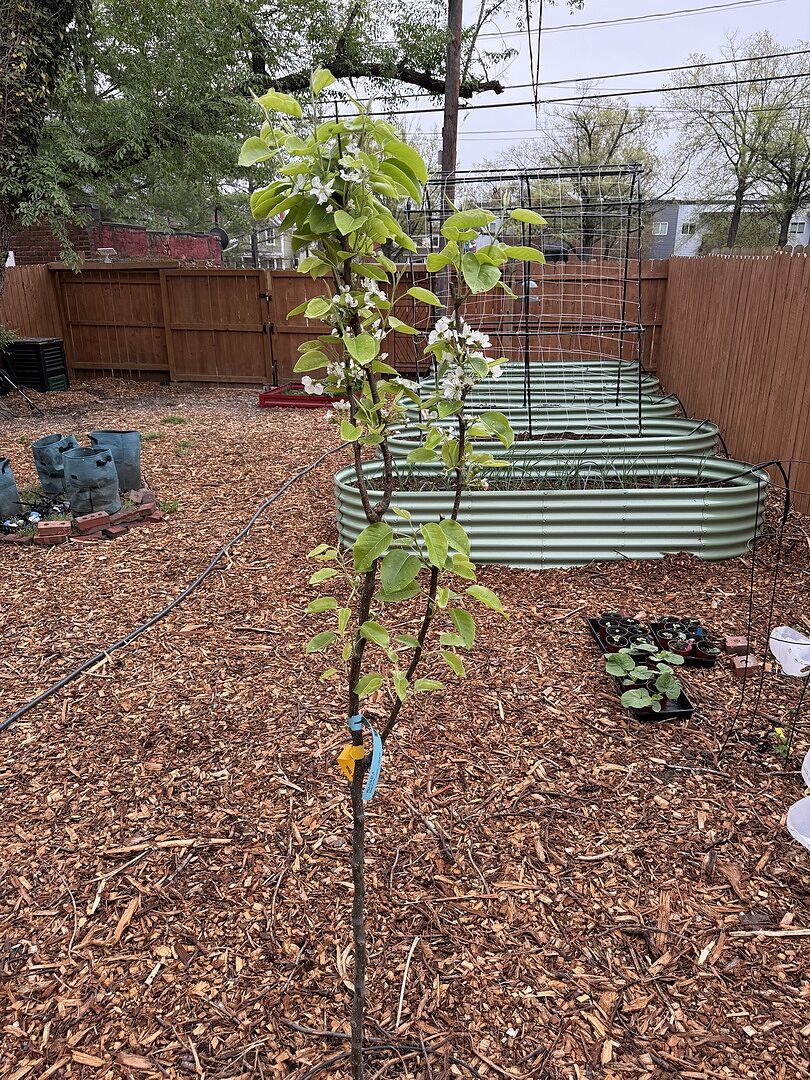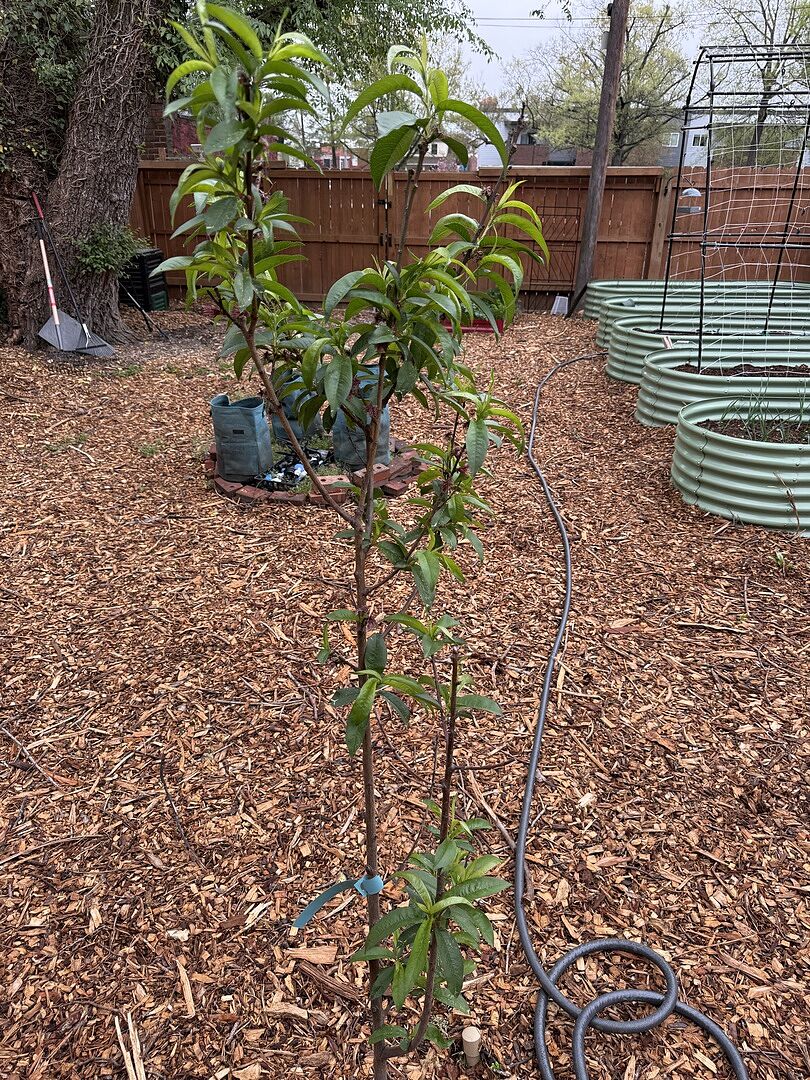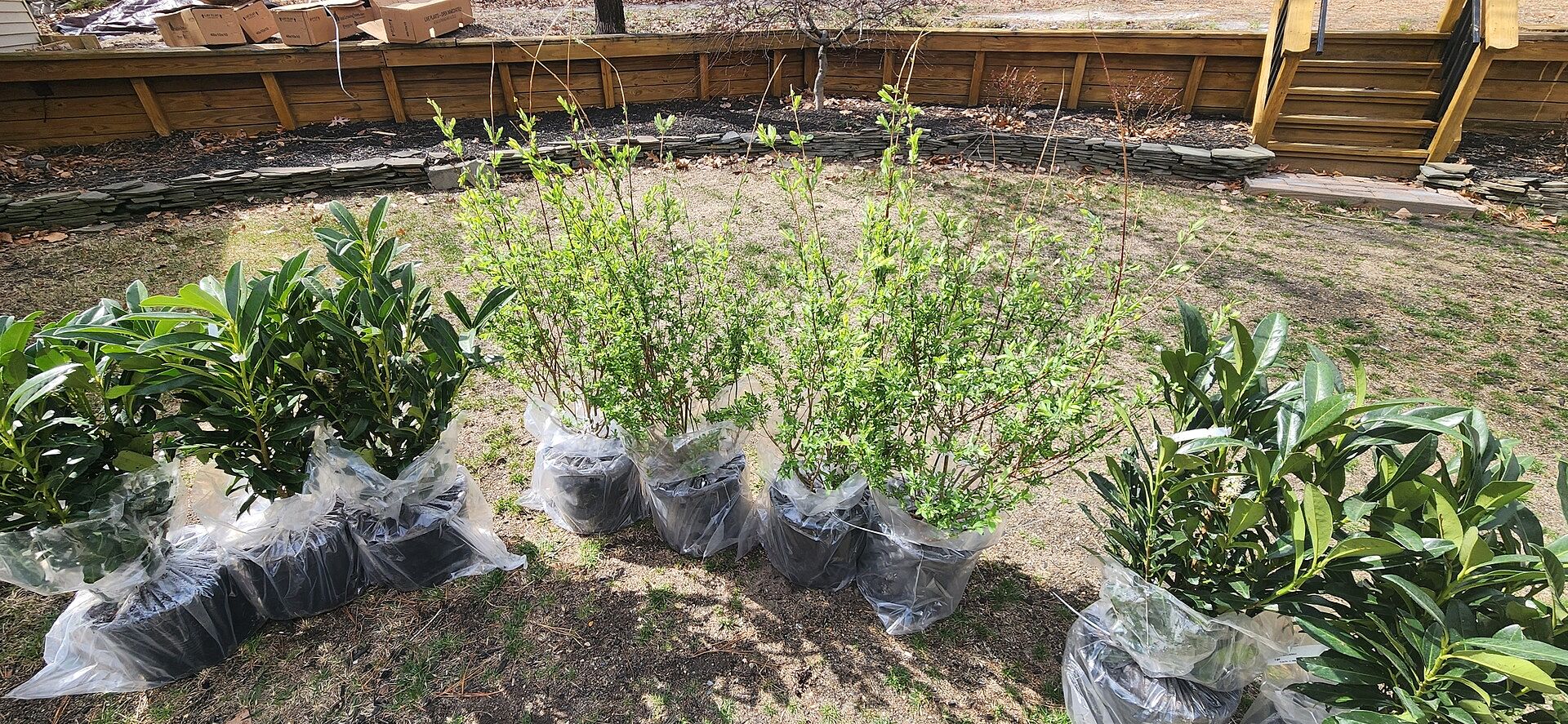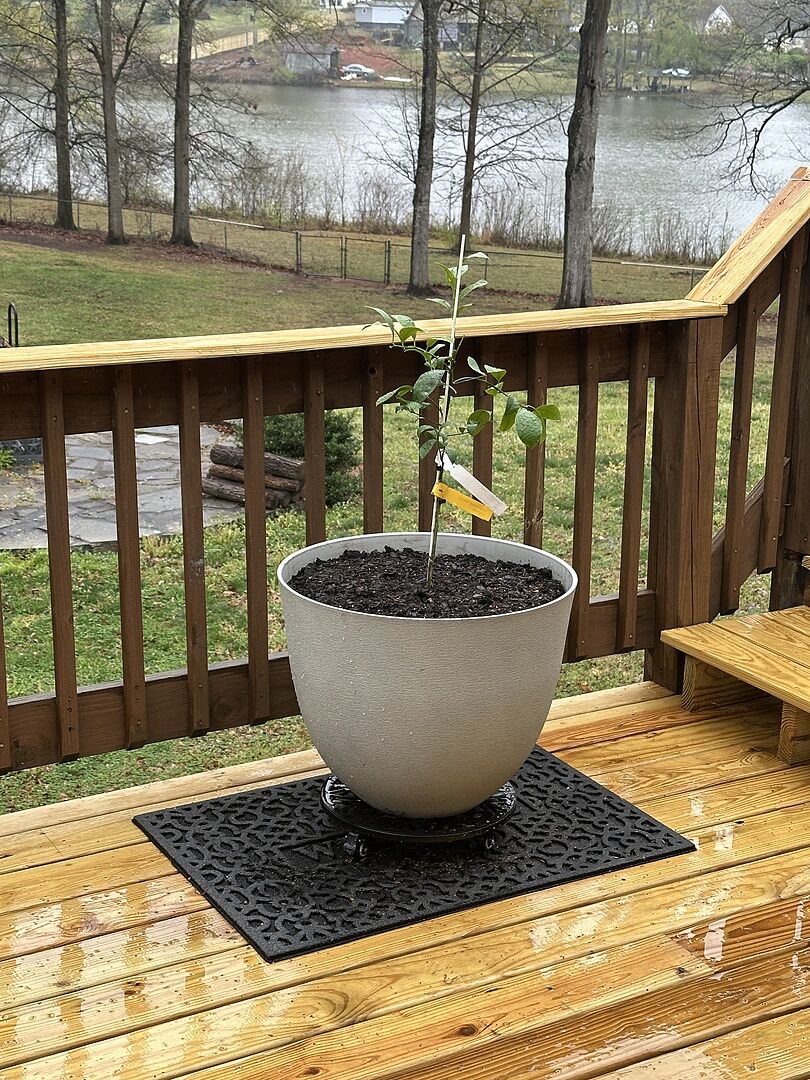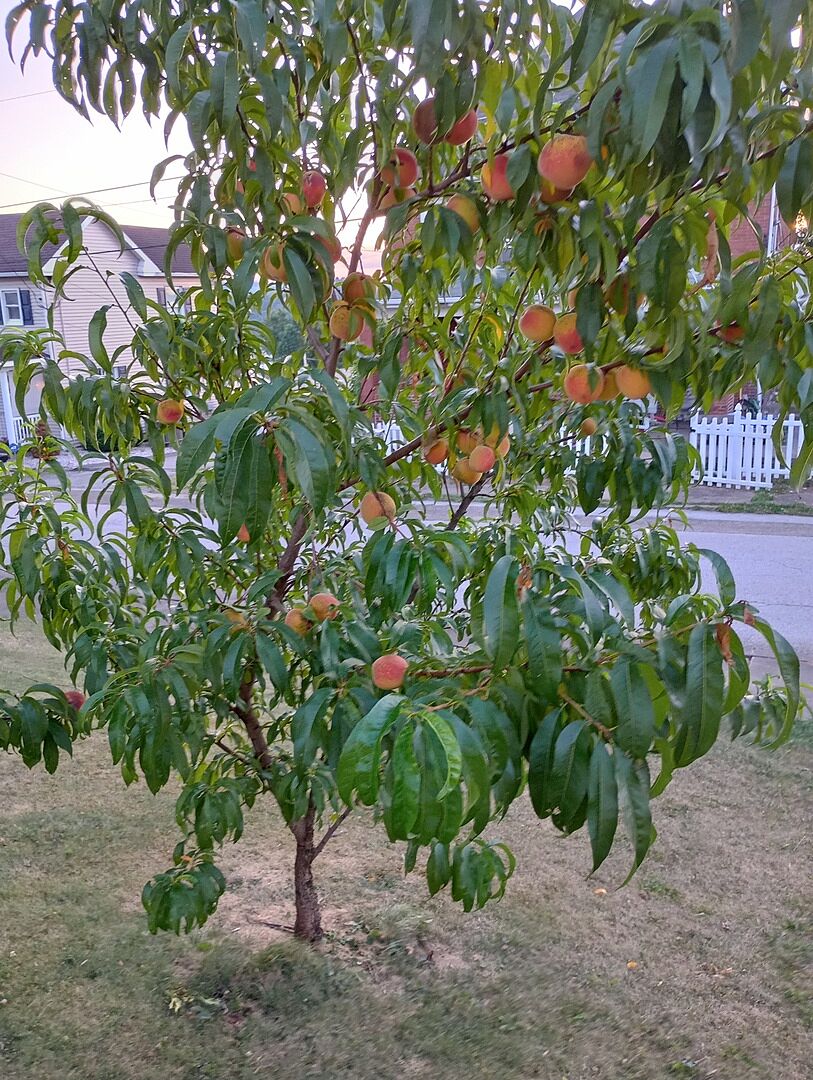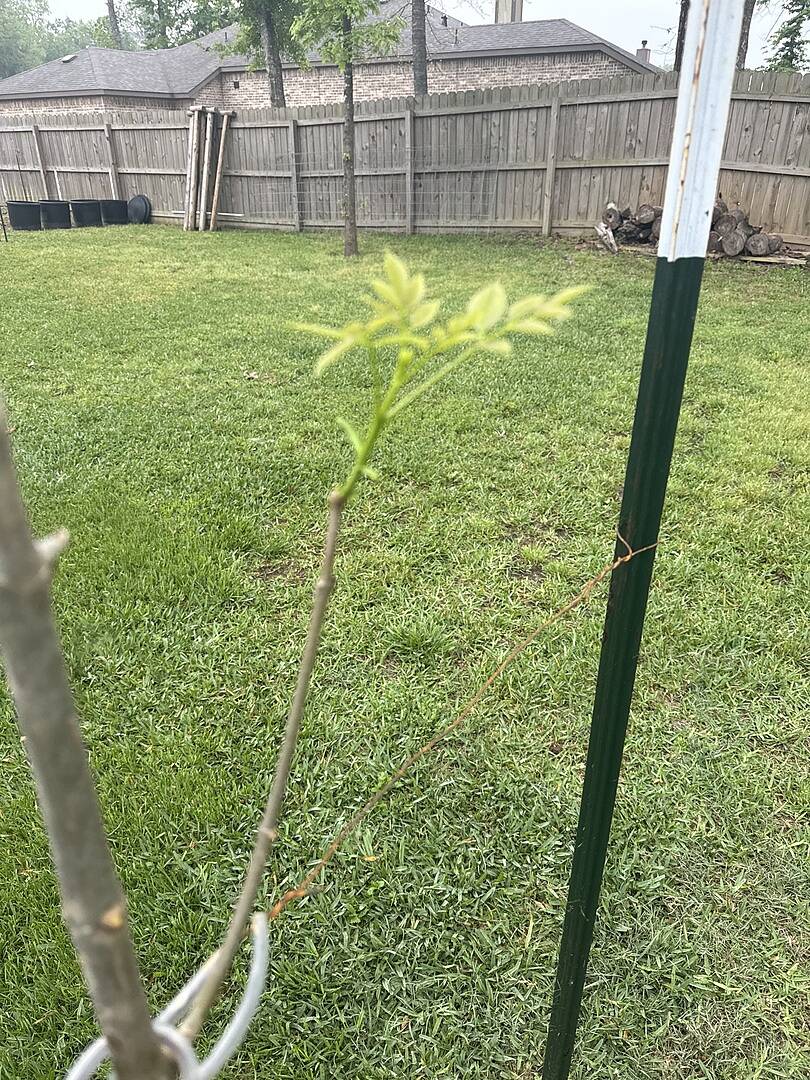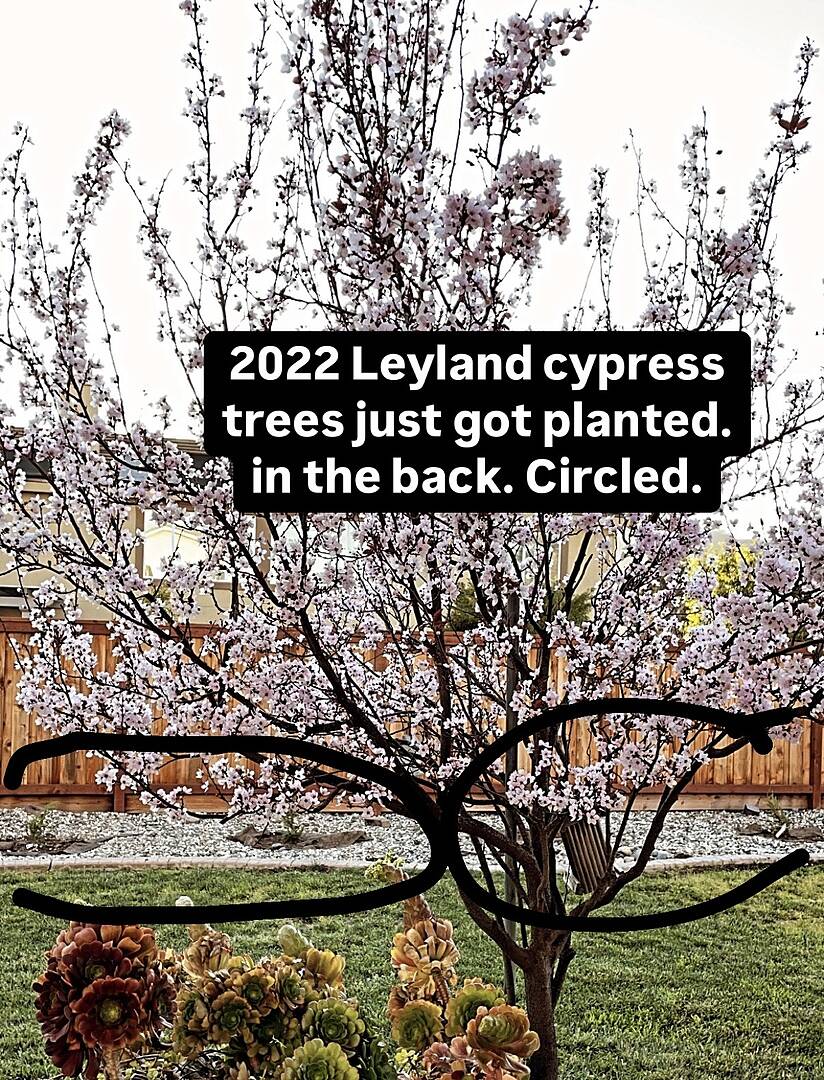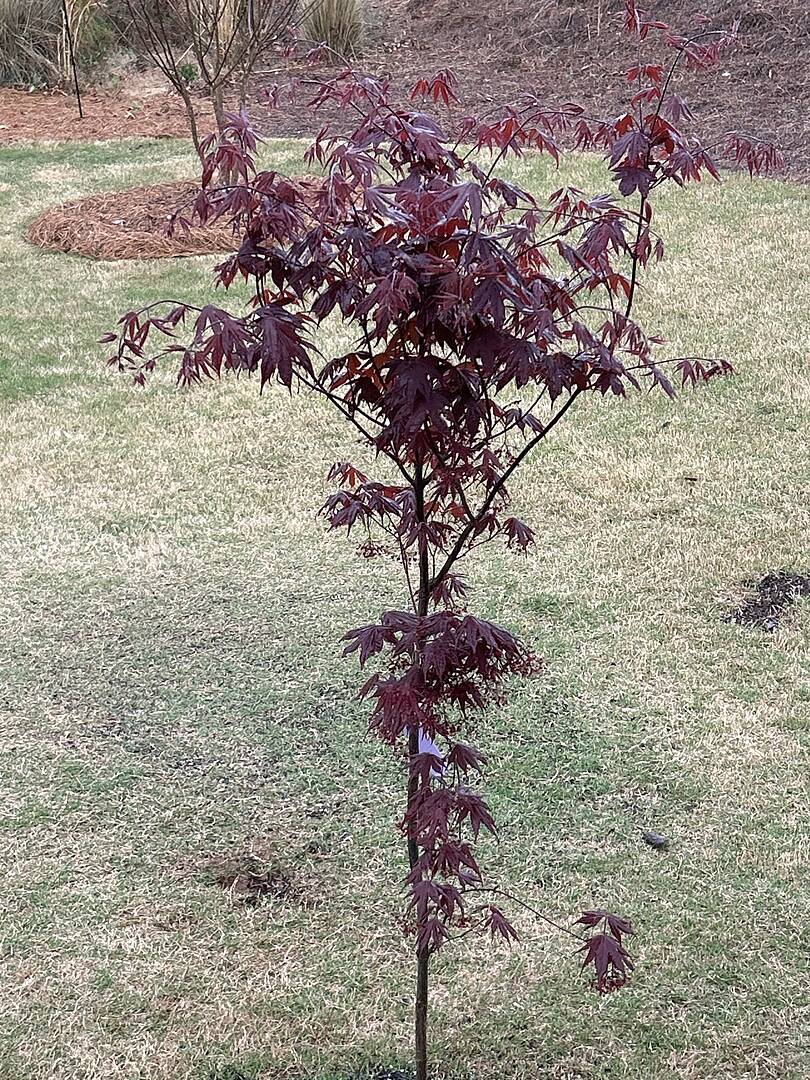Types of Palm Trees

Last updated: Jan 07 2022

When we think of palm trees, we might think they’re all the same or at least similar. But that’s not even close to the truth! There’s actually over 2,600 palm tree species - and not all of them grow on warm, sunny beaches. Believe it or not, some of these palms like cold temperatures and temperate places.
Some of what we think of as palm trees aren’t even palms at all! Cycads, for example, look very similar to palms with their thick trunks and green leaves, but this family of plants isn’t closely related to palms. Instead, they’re a closer relative to gingko trees.
Already surprised by some of these tidbits? Keep reading to get the scoop on all things palms!
Palm Tree Facts & Features
Size
We may be most familiar with taller palms lining beaches or roads, but not all palms are tall and not all are considered trees. In fact, it’s actually a misnomer to call all palms “trees.” Some are better classified as shrubs, while others have more of a climbing habit, like vines.
Compact varieties often reach only 6 to 9 feet in height, and palms grown indoors or in containers can be even smaller than their outdoor counterparts. At the same time, some species of palms are counted among the tallest tree species in the world. The Wax Palm, for instance, can grow up to 200 feet tall!
Hardiness
And not all palms are warm-weather plants, despite the common misconception. Some species tolerate cold temperatures, and a few types even thrive in temperatures down to negative degrees Fahrenheit, as well as in snow and ice conditions.
Leaves
The best way to determine if a plant is a palm is by looking at its leaves. Palm leaves are typically thin fronds either in a feather or fan-like formation. Cycads, on the other hand, have stiffer leaves that emerge from a central stalk.
Trunks
Another way to identify a palm is by examining its trunk. Taller palms have slender trunks that are smooth, grayish-brown or ringed, while dwarf trees have rotund, short trunks. Though the single-trunked palm is what we usually think of, some shorter varieties do have multiple trunks that grow together. And some palm varieties don’t have trunks at all.
So, let’s take a look at some common palm varieties below to learn more!
Types of Palm Trees
The Areca Palm grows further north than other palms because it does well in containers and in low light. If you live in a colder place, you can plant your palm in a pot and move it indoors when temperatures drop.
Planted in the ground, the Areca Palm grows taller, but in containers, it only reaches six to nine feet tall. What’s more, this small palm sprouts white flowers and ornamental fruits called betel nuts.

Noteworthy for its hardiness, the Windmill Palm Tree can be planted outdoors in places that reach temperatures of 10 degrees in the wintertime! When planted outside or in a container, this attractive palm, with its fan-like fronds, reaches 10 to 20 feet in height.
The Windmill Palm is also very easy to grow. Plus, it’s drought tolerant and disease resistant, and you don’t need to spray it with chemicals for it to thrive.

The Majesty Palm Tree has tall fan-like fronds that grow directly from the soil. It’s also one of the lowest-maintenance palms you can find, as it needs neither pruning nor fertilizing. When planted in a container, the Majesty Palm only reaches heights of 8 to 10 feet; planted outdoors, it’ll grow 20 feet high.
In addition to its attractiveness, the Majesty Palm is also able to grow in partial sun conditions, as well as in clay and wet soils.

The Needle Palm Tree is known for its sharp leaves and shrub-like growing habit. Each frond grows in a rounded way, building one off of the other. It’ll reach 3 to 9 feet in height and width.
The Needle Palm thrives in climates no one would call tropical! It can withstand temperatures down to 10 degrees and can grow happily in either sun or shade. It’s also pest and disease resistant, so it requires very little care from you.

Unlike many palms, the European Fan Palm Tree produces clustered trunks that then sprout dramatic, two-foot circular “fan” fronds. These multicolored fronds range in hues from green to blue to gray and yellow, adding diversity to any landscape.
The European Fan Palm adds a tropical flair to any yard, but don’t let its looks fool you. It’s also tremendously cold tolerant, thriving in temperatures down to -20 degrees! What’s more is that it’s drought resistant, making it an all around hardy variety.

One of the key benefits of a palm tree is, of course, growing your own coconuts! Even if you grow the Coconut Palm Tree in a container, it’ll produce creamy-fleshed coconuts in a short time. Plus, when pot-grown, this palm will only reach 5 to 10 feet in height, so it fits almost anywhere in your home.
This variety actually arrives growing out of a coconut, which sits on top of its container for a unique, tropical look! Eventually, this palm will produce ringed, gray bark and beautiful, bright green fronds. In warmer months, you can move your Coconut Palm Tree outdoors where it’ll show off its wind, heat, and drought resistance.
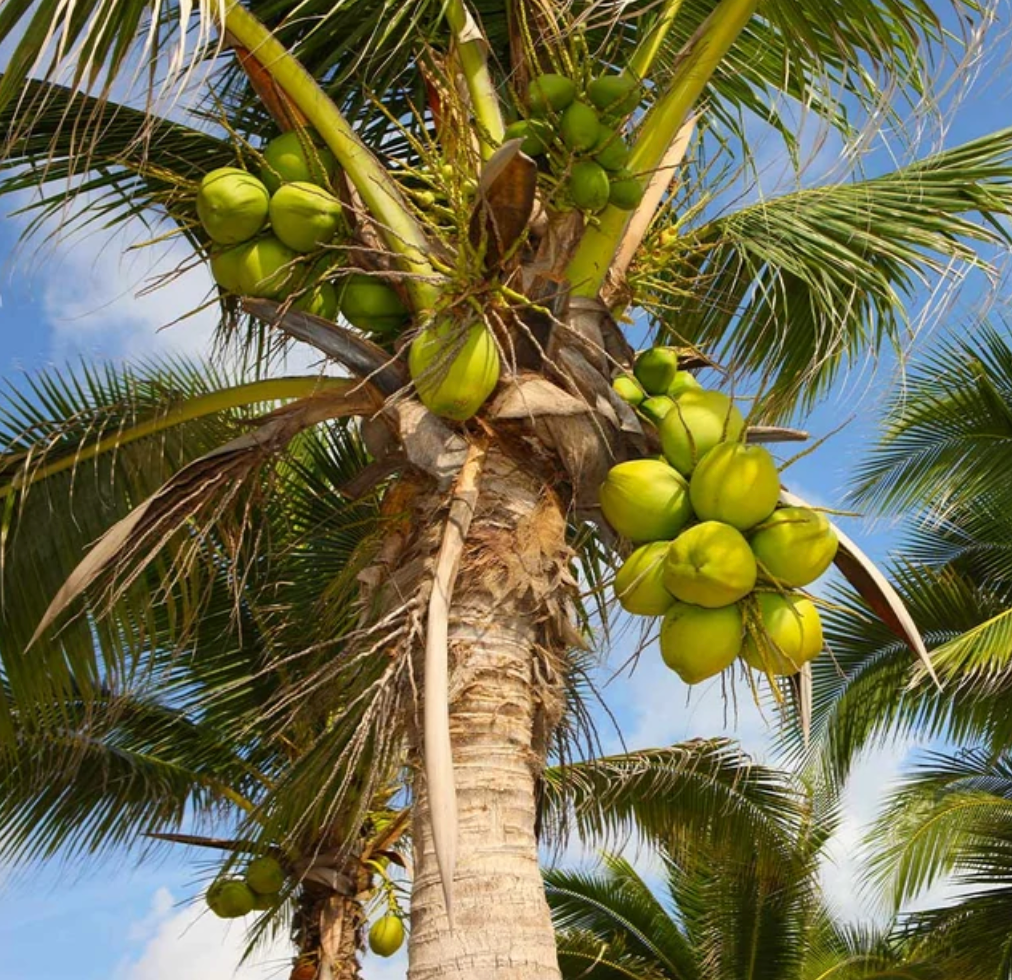
The Fishtail Palm is known for its upward-growing stalks with loosely spaced, bright green leaves. The leaves are truly unique in that they’re wider at the tip than the base, clearly resembling fishtails.
The Fishtail Palm is also an ideal container plant. Though it prefers temperatures over 55 degrees, it can withstand a few periods of frost. Still, you may want to move your palm indoors during the colder season, so it can reach its full potential.

Because of its thin, closely-spaced leaves and upright growing habit, the Sago Palm Tree is technically a cycad, not a palm. Still, it adds a tropical flair to your home with elegant, breezy, island-inspired attributes. Plus, it thrives in a container and needs to be watered no more than a cactus! Some gardeners even like to move their Sago Palms inside during the colder and warmer seasons as home decor.

A cycad rather than a true palm, the unique Cardboard Palm Tree flaunts small, vivid green, rounded leaves that have a spreading habit in nature. Plant this palm in a container or in the ground, depending on the look you’re after. If you do choose to plant it in the ground, it’ll look more like a shrub rather than a tree due to its spreading habit. All you have to do to keep this variety happy is water it and situate it in a bright spot for it to thrive - it’s as easy as that!
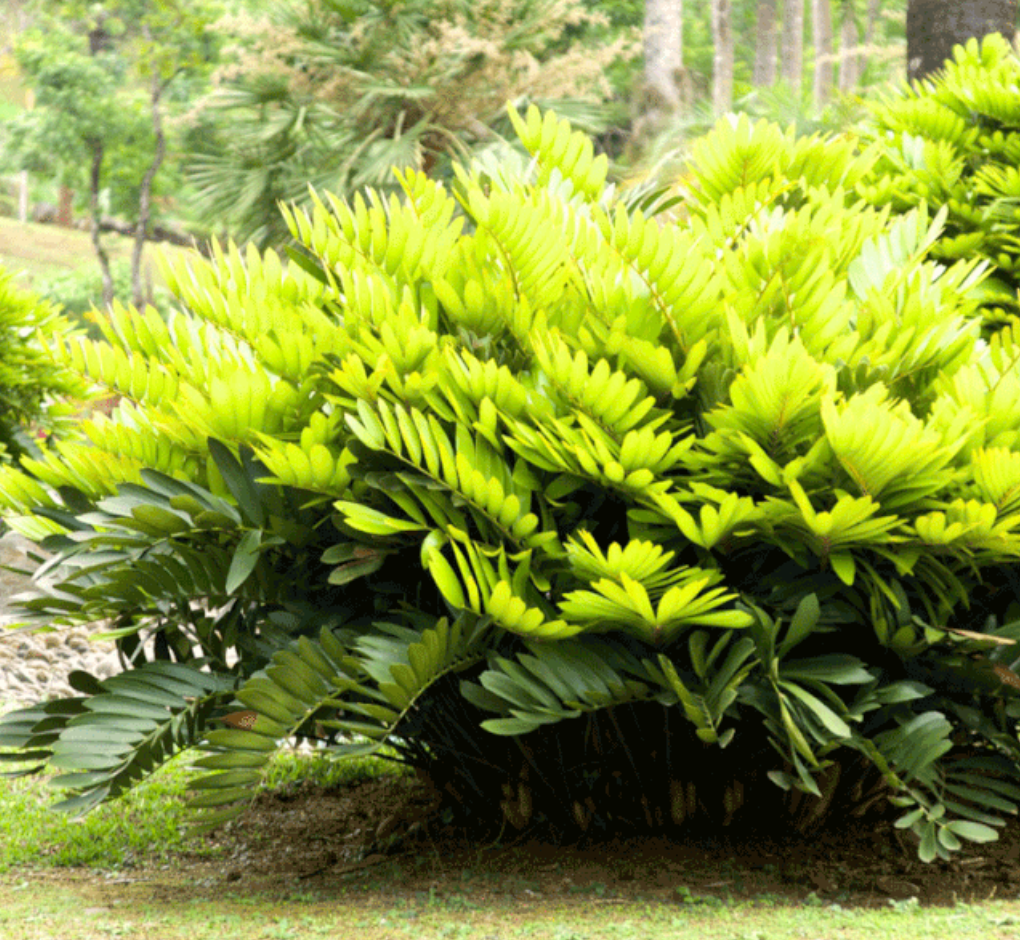
Like its name suggests, the trunk of a Bottle Palm is shaped like a rum bottle with prominent rings. The palm then sprouts four to six dramatic, feather-shaped fronds for a compact variety that’s perfect for smaller spaced gardens. Unlike some palms, the Bottle Palm doesn’t do well in below-freezing temperatures. It also needs regular watering and mulching to thrive.

We often think of palm trees as sun lovers, but that’s not the case with the Lady Palm! Though it does appreciate full sun, this palm will still thrive in low light and shady areas. Whether you plant it indoors in a container or outdoors, the Lady Palm’s lush, fan-shaped fronds and multiple trunks make it a standout. Plus, its drought and heat tolerance mean that it doesn’t require constant attention.

The Queen Palm Tree earned its name for its height, regal fronds, and small orange fruit. If you’re seeking the quintessential beachside palm, this is it! You can also pot this variety in a container and grow it indoors if you don’t live in a year-round sunny locale. One of the tallest palms on this list, this one reaches 50 feet at maturity when planted outside to create quite the spectacle!
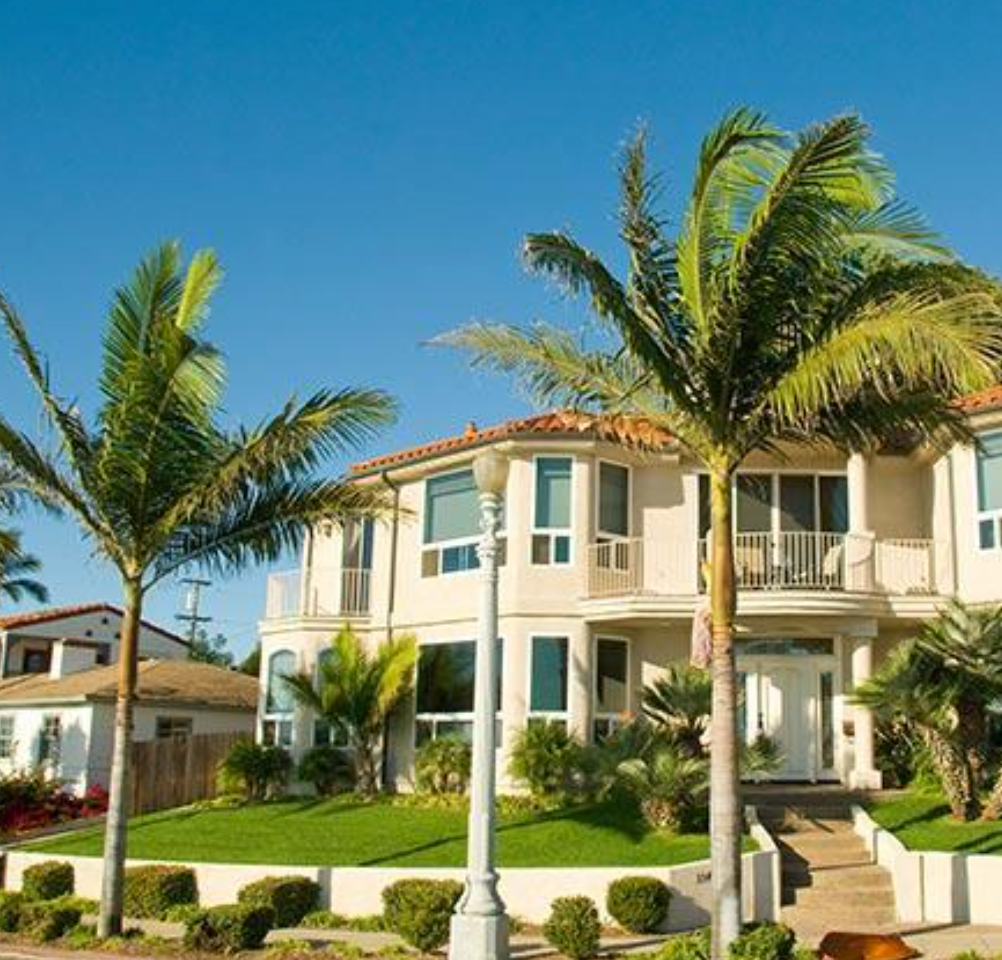
If you look up “palm tree” in an encyclopedia, this is the plant you’re going to find. The Christmas Palm is the quintessential palm in shape and appearance, offering tropical, beachy visions. It sprouts two or more trunks, and its arching fronds are wide enough to provide shade. But this palm won’t take up tons of room, as it only grows 10 to 25 feet tall and 5 to 10 feet wide, so you can plant it into a container or into the ground!

If Dr. Seuss drew a palm tree, the Ponytail Palm would be it! This multi-trunked gem replaces more common fronds with clumps of ultra-thin green tendrils. Also known as the “‘Elephant Foot Palm,” this tree is in the shape of an elephant’s foot and its trunk is covered with gray bark.
Size-wise, however, the Ponytail Palm can grow quite large, depending on where it’s planted. In-ground, it can reach 30 feet or more in height, but when planted in a container, it’ll stay more compact, only reaching about 6-8 feet tall.

A miniature palm, the Pygmy Date is praised for its small size - reaching only 6-7 feet tall in a container or 7-12 feet tall when planted outside. This short tree sports a squat, rough trunk that sprouts slender leaflets. In warmer climates, the Pygmy Date Palm even produces small, creamy white flowers and fruit for added interest. Plant this variety in a container to decorate your porch or entryway and welcome guests to the tropics!

One of the unique, fruit-producing palms on this list, the Sylvester Palm Tree produces dark purple to black dates! Enjoy the tree’s symmetrically-circular fronds that are a beautiful, silvery, blue-green, along with its rough, diamond-patterned trunk, and sweet, delicious dates plucked straight from the tree. An all around stunning and unique variety, you can’t go wrong planting the Sylvester Palm!

The hardy Pindo Palm doesn’t mind frigid temperatures! Plus, its squat, bristly trunk produces inward curving fronds and, in warmer places, amber-colored fruit. In fact, Pindo dates are prized for jam and jelly-making.
If you’re considering planting the Pindo Palm in your yard, it can grow to a height of 20 feet and a width of 15 feet. Since it can withstand cold temperatures, most gardeners plant the Pindo outside in-ground, though it does like containers, as well.
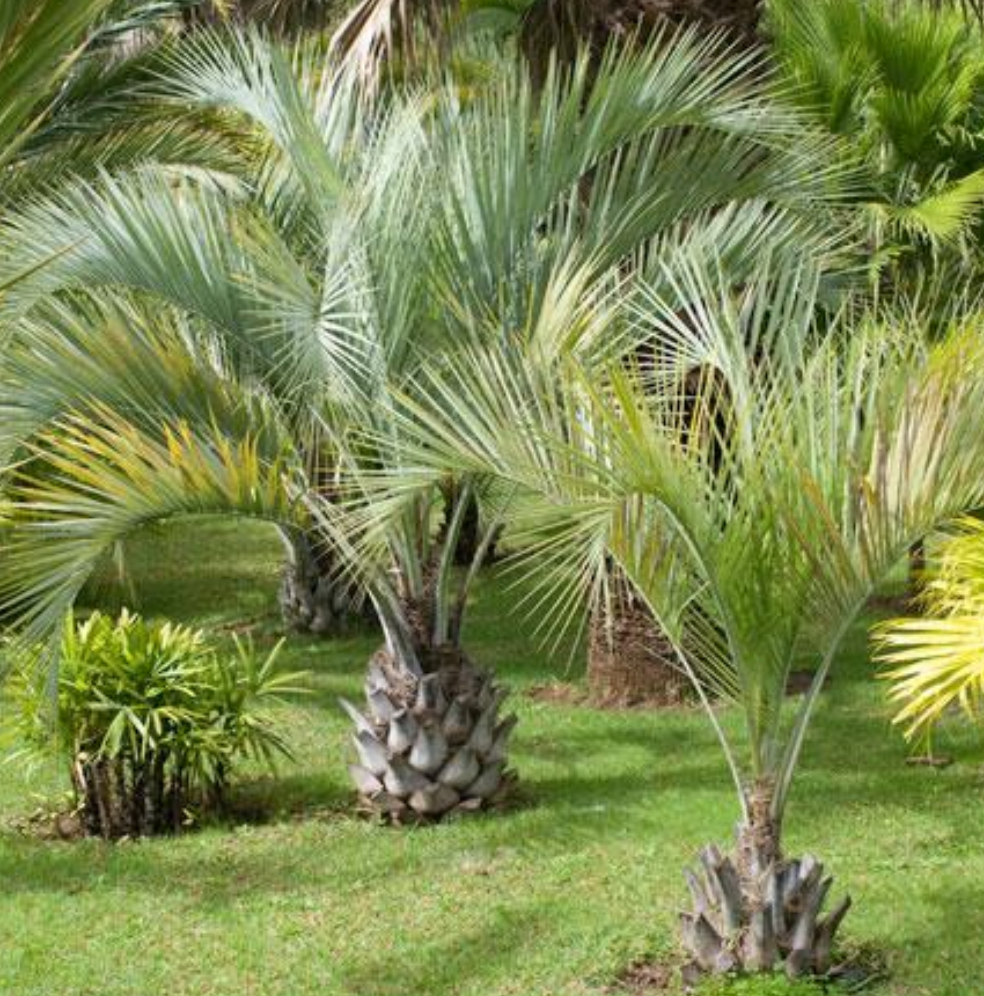
The Diversity of Palm Trees
As you can see, palm trees are much more diverse than you may have assumed! Many varieties will surprise you with their unique characteristics and abilities. Some can thrive in cold climates and less than tropical conditions, while others are quite small in size or not even trees at all. No matter the palm you choose, these varieties are sure to make your yard or home feel bright and sunny! Who says you need sand and waves to enjoy an island vacation?
Keep scrolling to view the helpful breakdown of all varieties mentioned above, including sizing, zones, sunlight requirements and more, so you can pick the right variety for your yard or home.
And don’t forget to shop our full Palm Tree Collection for more inspiration!
|
Palm Tree |
Botanical Name |
Mature Height |
Mature Width |
Growing Zones |
Sun |
Key Features |
|
Areca Palm Tree |
Dypsis lutescens |
4-5 Indoors 15-30 Outdoors |
3-5 Indoors 5-15 Outdoors |
4-11 patio 10-11 outdoors |
Full-partial |
Clumping, vase shape; low- maintenance |
|
Windmill Palm Tree |
Trachycarpus fortunei |
20-40 |
6-15 |
7-10 outdoors |
Full-partial |
Extremely cold-hardy |
|
Majesty Palm Tree |
Ravenea rivularis |
8-10 Indoors
|
4-5 Indoors 10-18 Outdoors |
4-11 patio 9-11 outdoors |
Partial |
Does well in wet and clay soils |
|
Needle Palm Tree |
Rhapidophyllum hystrix |
3-9 |
3-8 |
7-10 outdoors |
Full-partial |
Very hardy and compact, mounding shape |
|
European Fan Palm Tree |
Chamaerops humilis |
4-8 Indoors 8-10 Outdoors |
6-8 Indoors 6-10 Outdoors |
4-11 patio 8-11 outdoors |
Full-partial |
Fan-like leaves and compact size |
|
Coconut Palm Tree |
Cocos nucifera 'Green Malayan' |
5-10 Indoors 20-40 Outdoors |
5-10 Indoors 10-15 Outdoors |
4-9 patio 10-11 outdoors |
Full |
Single, curved trunk and produces coconuts |
|
Fishtail Palm Tree |
Caryota mitis |
6-10 Indoors 20-25 Outdoors |
4-5 ft Indoors 10-15 Outdoors |
4-11 patio 9-11 outdoors |
Full-Partial |
Unusual leaves look like fishtails |
|
Sago Palm Tree |
Cycas revoluta |
4-6 Indoors 6-10 Outdoors |
3-5 Indoors 6-10 Outdoors |
4-11 patio 8-11 outdoors |
Full-Partial |
Dense, thick leaves and bush-like shape |
|
Cardboard Palm Tree |
Cycad zamia furfuracea |
2-3 Indoors 2-5 Outdoors |
3-4 Indoors 5-8 Outdoors |
4-11 patio 9-11 outdoors |
Full-Partial |
Thick, textured leaves with drought tolerance and deer resistance |
|
Bottle Palm Tree |
Hyophorbe lagenicaulis |
5-7 Indoors 10-20 Outdoors |
6-8 Indoors 10-15 Outdoors |
4-11 patio 10-11 outdoors |
Full |
Coarse leaves and unique, bottle-shaped trunk |
|
Lady Palm Tree |
Rhapis Excelsa |
5-7 Indoors 6-15 Outdoors |
1-5 Indoors 5-10 Outdoors |
4-11 patio 9-11 outdoors |
Partial-shade |
Thrives in low light and containers |
|
Queen Palm |
Syagrus romanzoffiana |
20-50 |
5-10 |
4-11 patio 9-11 outdoors |
Full Sun |
Wide canopy, perfect for shade |
|
Christmas Palm |
Adonidia merrillii |
8-10 Indoors
|
4-8 Indoors 5-10 Outdoors |
4-11 patio 10-11 outdoors |
Full Sun |
Full canopy and clumping style |
|
Ponytail Palm |
Beaucarnea recurvata |
6-8 Indoors |
3-5 Indoors |
4-11 patio 10-11 outdoors |
Full Sun |
Slender, curving fronds |
|
Pygmy Date Palm |
Phoenix roebelenii |
6-7 Indoors 7-12 Outdoors |
3-5 Indoors 3-5 Outdoors |
4-11 patio 10-11 outdoors |
Full-partial |
Compact and container friendly |
|
Sylvester Palm |
Phoenix sylvestris |
10-15 |
8-15 |
4-11 patio 8-11 outdoors |
Full Sun |
Produces sweet dates; pineapple-like trunk |
|
Pindo Palm |
Butia capitata |
15-20 |
10-15 |
8-11 outdoors |
Full Sun |
Cold-hardy; produces delicious fruit |

Written by
Sarah Logie
As Content Strategist at FastGrowingTrees.com, Sarah is smitten with words and a fanatic for flowers, particularly cut florals and house plants. With a love for curating compelling content, she also enjoys furthering her plant knowledge along the way! A few of her favorite flowers include hibiscus, hydrangeas, peonies and dahlias.
Sarah’s fondness for plants was cultivated through many childhood trips to Longwood Gardens in southeastern Pennsylvania, as well as through her first job out of college at a floral event design company. In her free time, catch her snapping photos of anything and everything, day-dreaming about interior decor, and enjoying the outdoors any chance she gets.
Featured Product

Coconut Palm Tree
92 reviewsStarting at $49.95


















